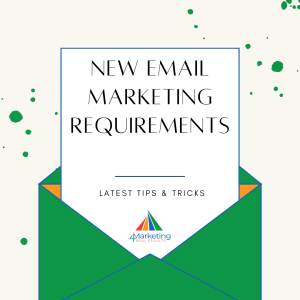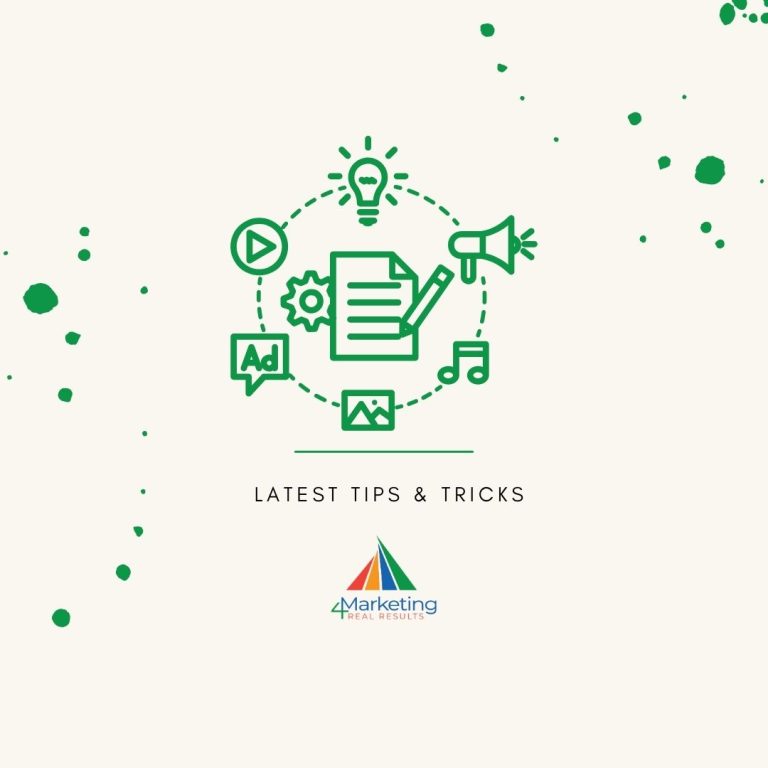
In today’s digital world, email is the lifeblood of marketing communication. As one of the top trending marketing channels, it’s unfortunate that our digital sanctuary is open to unwanted guests that bring danger from spoofing and phishing.
Since October, 2022 there has been a staggering 61% increase in the rate of phishing, causing a high level of stress for many consumers and businesses.
Due to the increase in phishing emails, Gmail and Yahoo recently announced new requirements to add a DMARC records to website domains before February 1, 2024. DMARC is not the same as DKIM which also provides email authentication. If you miss this deadline, you risk having your emails marked as spam or being blocked. Note: DMARC is not a new email function, although now we can consider DMARC the email authentication hero.
Phishing is the single most common form of cyber-crime.
The alarming increase of phishing attacks are getting more sophisticated and several factors have contributed to this rise:
- Increased online activity: With more people working, shopping, and socializing online due to lockdowns and social distancing, scammers have a larger pool of potential victims.
- Financial vulnerabilities: The economic uncertainty caused by the pandemic has made people more susceptible to scams that promise quick financial gains or relief.
- Urgency and fear: Scammers often exploit people’s anxieties and fears surrounding the pandemic, such as concerns about health, finances, or job security, to manipulate them into giving up personal information or money.
- Shifting attack vectors: As people become more aware of traditional phishing tactics via email, scammers are increasingly turning to text messages, social media, and even phone calls to launch their attacks. (stats on phishing).
Sending bulk emails through third-party email marketing platforms (e.g., Constant Contact, Mailchimp, Marketo, or Zoho and others, check your email and domain provider, Godaddy, Ionos, etc.) now require you to take action before February 1, 2024.
What is DMARC:
DMARC stands for Domain-based Message Authentication, Reporting & Conformance. It’s like a digital bouncer for your inbox, ensuring only authorized emails enter your mailbox. But before you can get this protection, let’s unpack the how it works and the basic requirements for a DMARC record:
Here’s how DMARC works:
Authentication: DMARC builds on top of existing email authentication protocols like SPF and DKIM.SPF checks the IP address of the email sender against a list of authorized servers, while DKIM adds a digital signature to the email that can be verified by the recipient.
Policy: Once DMARC has determined whether an email is authenticated, it checks the policy that the domain owner has set for handling unauthenticated emails. There are three main policy options:
- Reject:This tells receiving servers to reject any emails that fail DMARC authentication.
- Quarantine:This tells receiving servers to quarantine unauthenticated emails, so that the recipient can decide whether to accept them or not.
- Monitor:This tells receiving servers to simply monitor unauthenticated emails and report them to the domain owner.
Check the status of your DMARC record added here.

Reporting: DMARC also provides a way for receiving mail servers to send reports back to the domain owner about emails that fail authentication. These reports can help the domain owner identify potential spoofing attempts and take action to protect their domain.
Benefits of using DMARC:
- Prevents email spoofing: DMARC makes it much more difficult for attackers to spoof your email address and send phishing emails.
- Protects your brand reputation: Stop scammers from using your domain for phishing attacks.
- Improves email deliverability: Emails that pass DMARC authentication are more likely to be delivered to the recipient’s inbox, rather than being sent to spam.
- Provides valuable insights: DMARC reports provide actionable data to improve email security.
- The reports that DMARC generates can provide valuable insights into how your email domain is being used, which can help you to improve your email security posture.
Ready to take control of your email security? Dive deeper into DMARC with these resources:
- DMARC.org: The official website with comprehensive information and tools.
- Google’s DMARC Guide: A beginner-friendly guide from the email authentication experts.
- EasyDMARC: A DMARC reporting and analysis platform to simplify monitoring.
Get help with DMARC:
The steps involved in the authentication process may vary depending on your website host. Remember, DMARC is not a magic bullet, but a powerful tool that will give your email security arsenal.
Recommended DMARC policy implementation:
Host: _dmarc.m4rr.com (you may or may not need the m4rr.com extension, your IT team will advise).
Text record: v=Dmarc1; p=none; (you may or may not need capital (D), your IT team will advise).
Confirm your DMARC record here.
Check who owns your domain here.
By following these requirements and best practices, you can shield your inbox from spoofing and phishing, protecting your business and your clients/customers.
- Can’t find the right documentation for your platform? Reach out for support.
DMARC doesn’t just act, it informs. Receiving servers send reports detailing email authentication attempts, highlighting successes and failures. Analyze these reports regularly to identify any suspicious activity and adjust your DMARC policy accordingly.















